How can you be more sustainable in your interior design? 10 things to always consider
If you want to avoid depleting or damaging resources, think sustainability in interior design. These are the pros’ suggestions


Sustainability is an issue across a whole range of the choices we make in our lives – and that includes the decisions we make for our homes. And to be able to make a difference to our individual impacts on the planet, it’s important to know how to be more sustainable in interior design.
Just as when shopping sustainably for your home, keeping the effect of the options you take in mind when you’re planning interiors definitely needn’t mean compromise. It can still create a house that is stylish, comfortable, and functional. It does, however, need some savvy about what to select.
We’ve spoken to interior experts about the more sustainable alternatives that can accompany eco home improvements and their suggestions are here.
10 ways to be more sustainable in interior design
There are a whole host of ways to make interior design at home more sustainable. Both the materials that are chosen, and the longevity of items are crucial. Try these ideas from the experts, which will make interiors less impactful on the planet without compromising your enjoyment of your home in terms of aesthetics, comfort, or practicality.
1. Opt for reclaimed wood
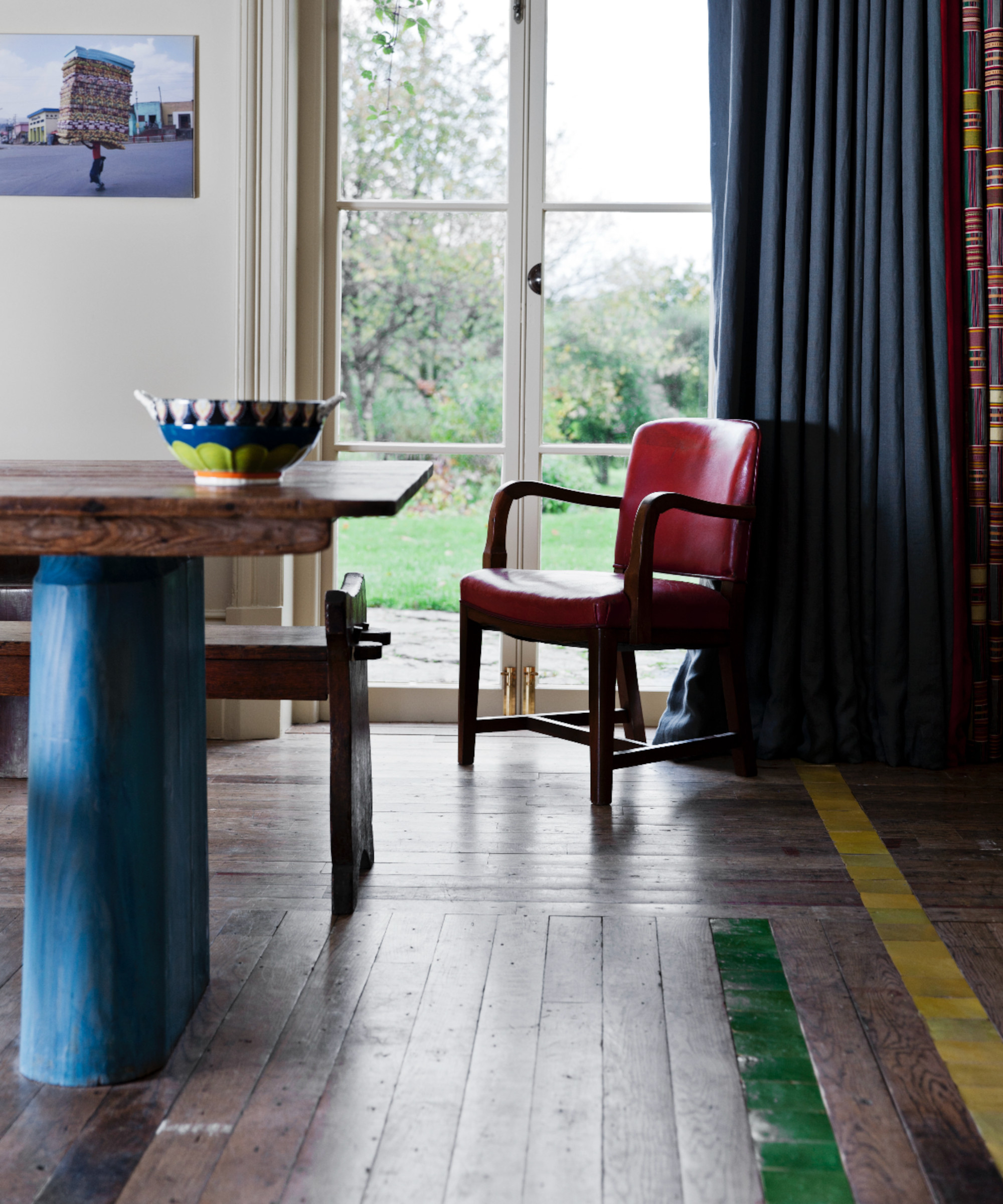
Reuse is key to making more sustainable choicesß and that includes when opting for wood which you might use in wood kitchen cabinets, or to create modern rustic style, for example.
‘Using reclaimed or salvaged wood and lumber is a powerful tool in sustainability: from custom cabinetry to interior cladding or paneling, to fabricating furniture from it,’ says Greg Roth, senior interior designer at CarbonShack.
‘Reclaimed does not necessarily equal aged and weathered, by the way. While there are plenty of reclaimed wood options that show nail holes, scrapes, and other signs of age or use, there are also numerous vendors for sourcing lumber from the urban forest – trees that grow in a city environment that either fall naturally, or for a variety of reasons need to be removed, and are then processed into lumber rather than sent to a landfill – making for an even more meaningful material choice.’
Design expertise in your inbox – from inspiring decorating ideas and beautiful celebrity homes to practical gardening advice and shopping round-ups.
2. Think recycled materials
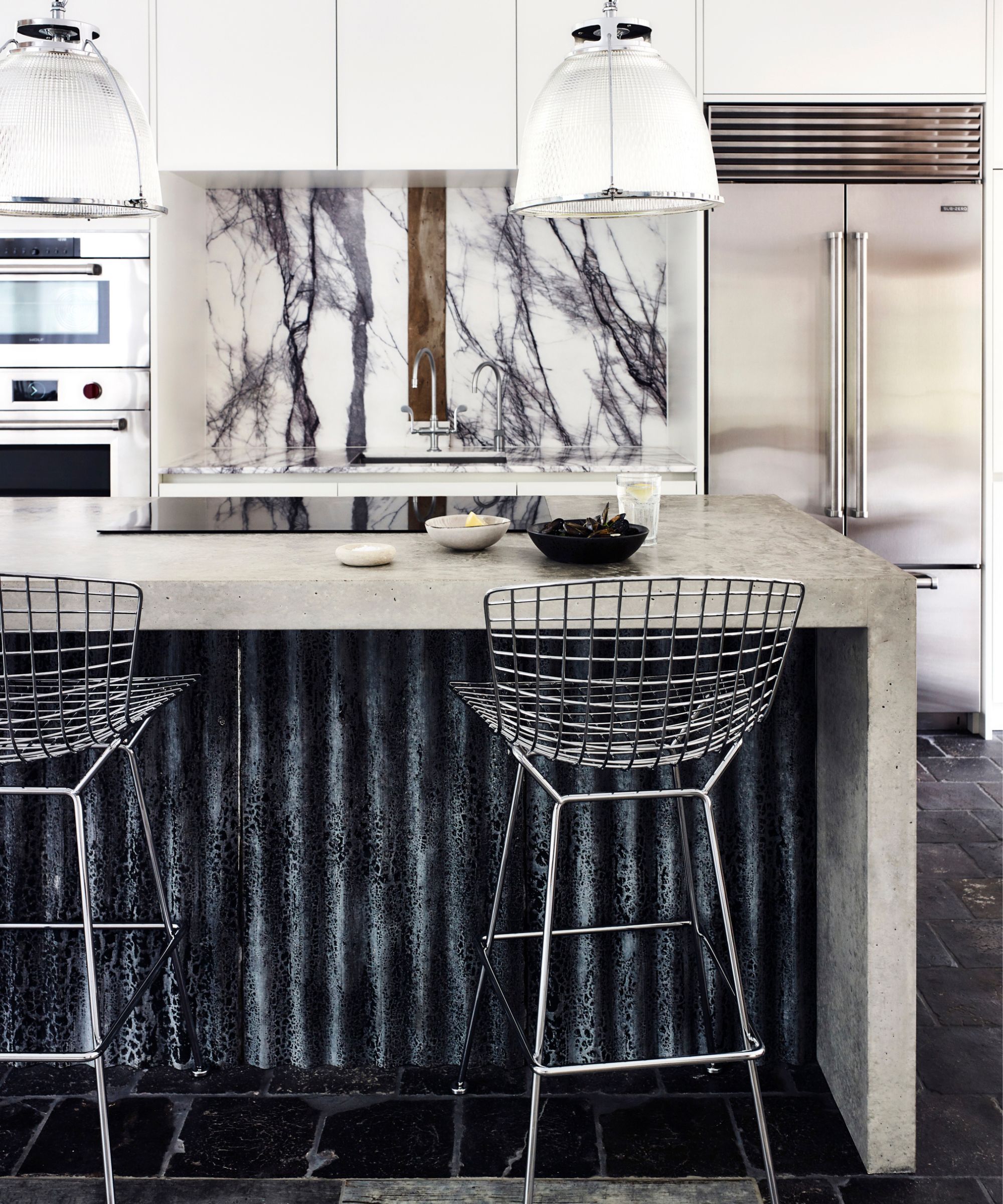
There are plenty of materials aside from wood that don’t have to be one-use and thus reduce waste and lessen the requirement for new resources. Metal can be recycled, as can cork, jute fibers, glass, and plastic, for instance, and these can be successfully used in interiors without compromising on their style and functionality.
Consider recycled metal in industrial decor, or reclaimed wood in Scandinavian decor.
3. Dress windows
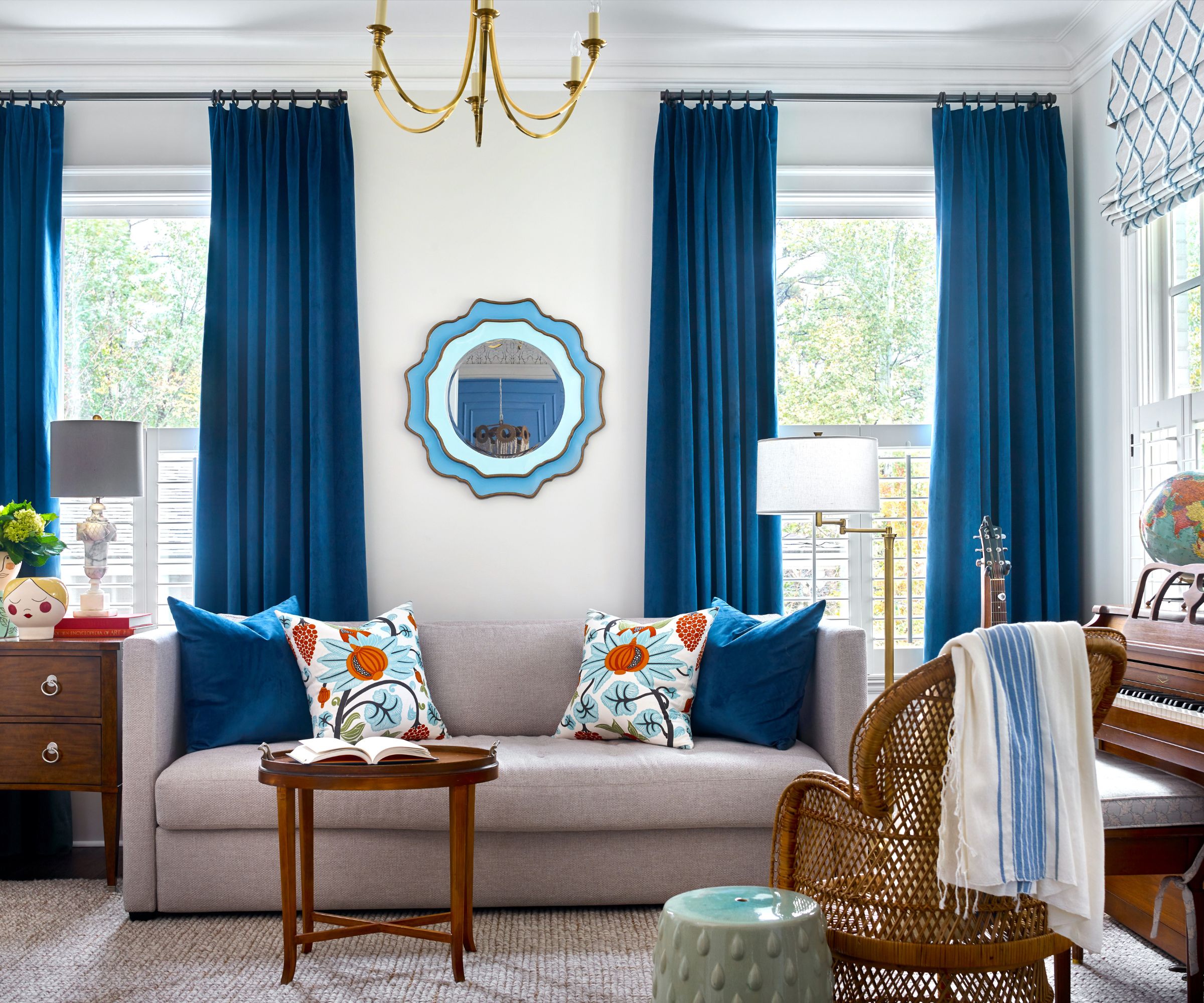
Beautiful window treatment ideas don’t just add welcome color and texture to interiors, they can also boost the sustainability of interior design. ‘Reduce the overall energy use of your home by installing blinds and drapery panels at windows,’ says Maureen McLaine, senior interior designer at Stantec.
‘Window blinds give privacy while maintaining natural light, and drapery softens spaces, elevates ceiling heights, and acts as an additional layer of insulation to keep a comfortable temperature in the home.’
Be sure that window treatments can be fully drawn away from windows during daylight hours. This will reduce the need for artificial lighting and save energy that way, too.
4. Upcycle more
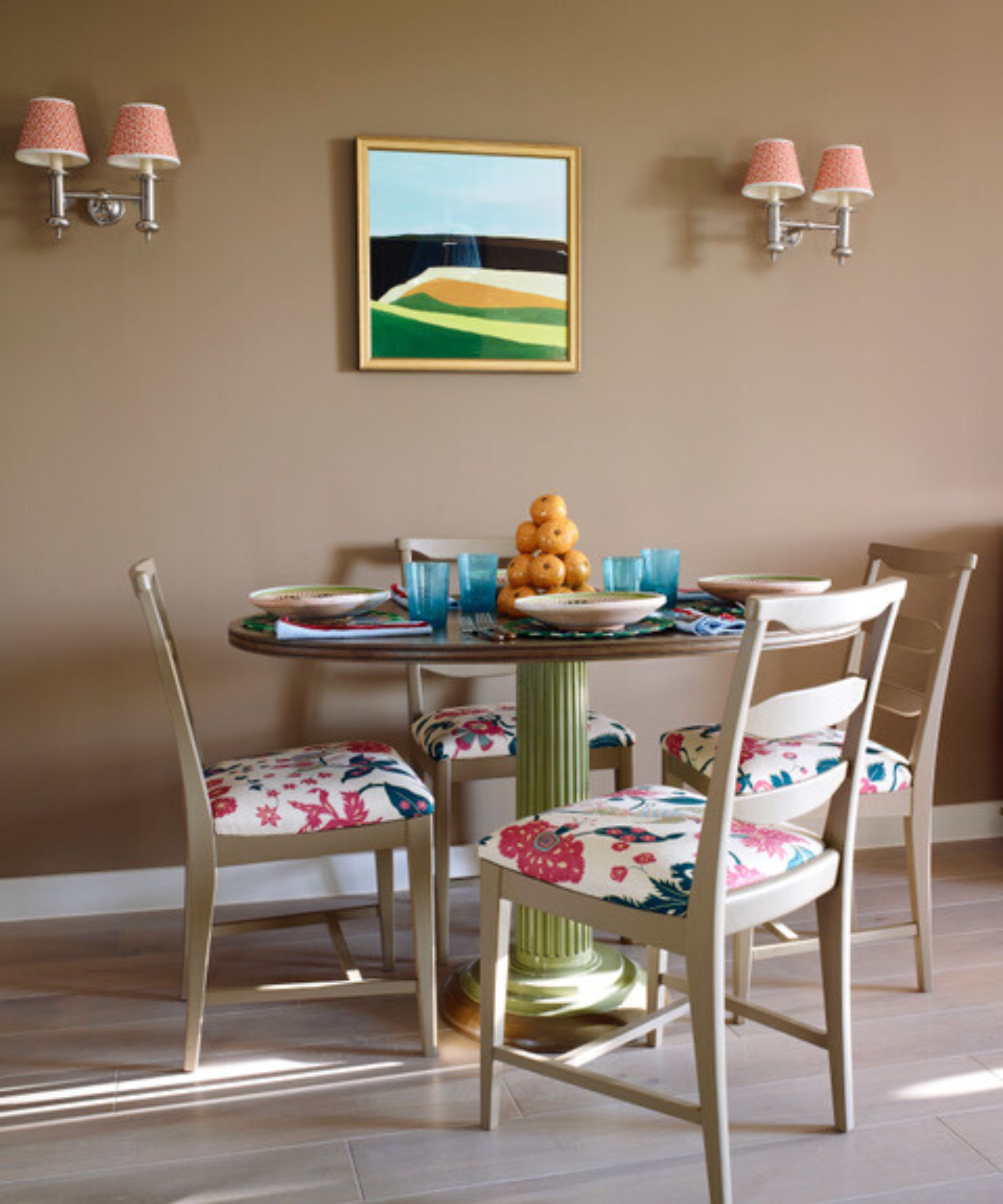
Be prepared to do a little work on your purchases and you can turn preloved furniture into personalized and stylish designs.
‘Upcycle where possible,’ says Catherine Jacob, head of design at Hovia. ‘Visit thrift stores, and antique shows and try auction sites to give life to an item that would otherwise end up in landfill. Upcycling can mean painting, adding wallpaper, or even scalloped edging to furniture to give the item a new lease of life.’
5. Follow biophilic principles
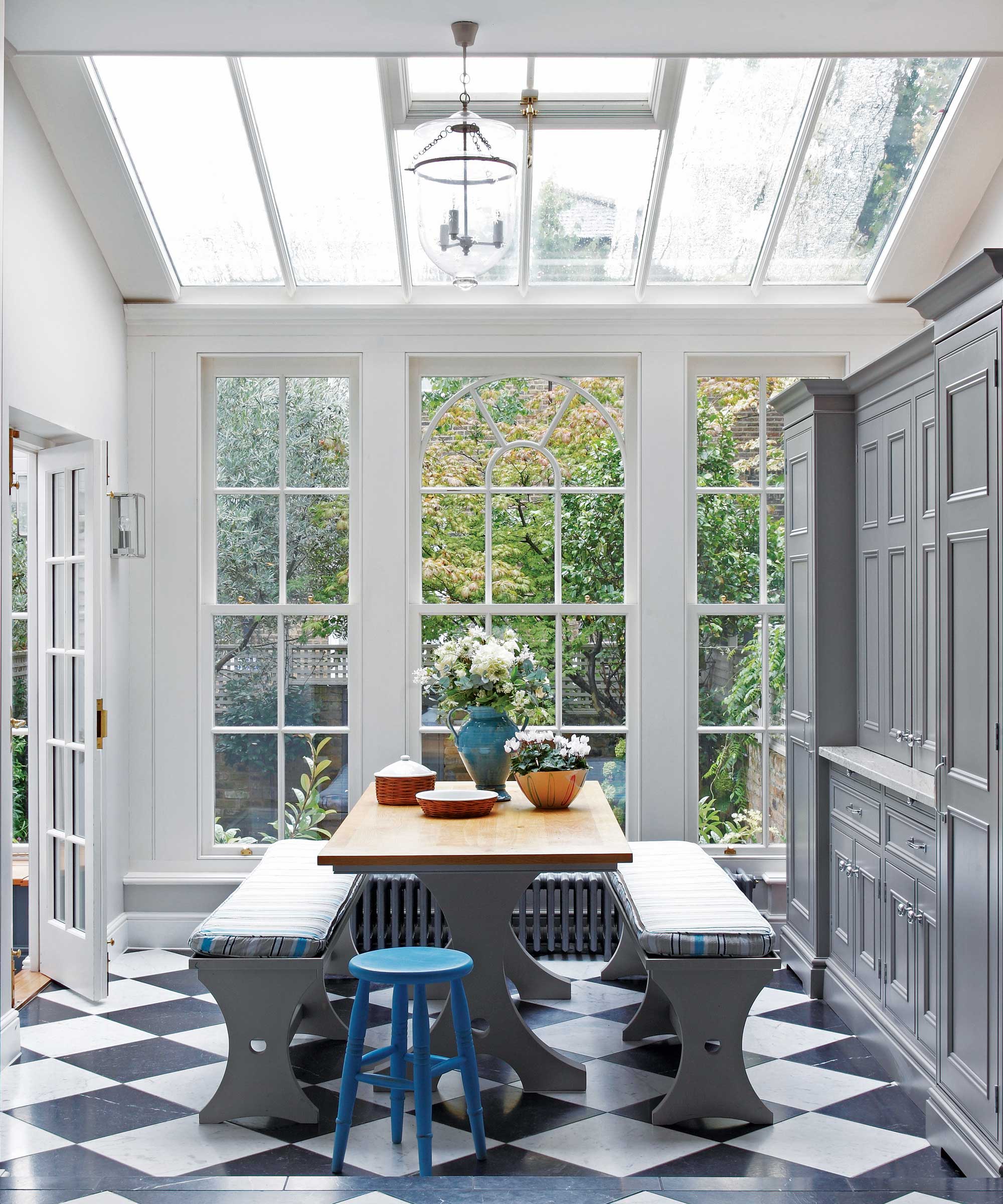
Biophilic design is an interiors trend, and one worth adopting and sticking with in order to be more sustainable as well as for its other benefits.
‘Biophilic design reconnects us with nature, be it in materiality, pattern, or sensuality (natural light, fresh air), to foster and deepen our connections with, and in a desire to reduce impacts on, nature,’ explains Greg Roth. ‘Our focus on biophilic design and architecture is a direct response to the heightened awareness of sustainability of nature and the impact our decisions have upon it.’
For Greg, this includes the use of nature and natural products – wood, stone, clay, plant fibers – in the building of CarbonShack’s homes, and the crafting of its furniture, the printing of fabrics, the imagery across all décor items, and it’s a materials palette and approach worth adopting in your interior design.
6. Choose energy-efficient lighting
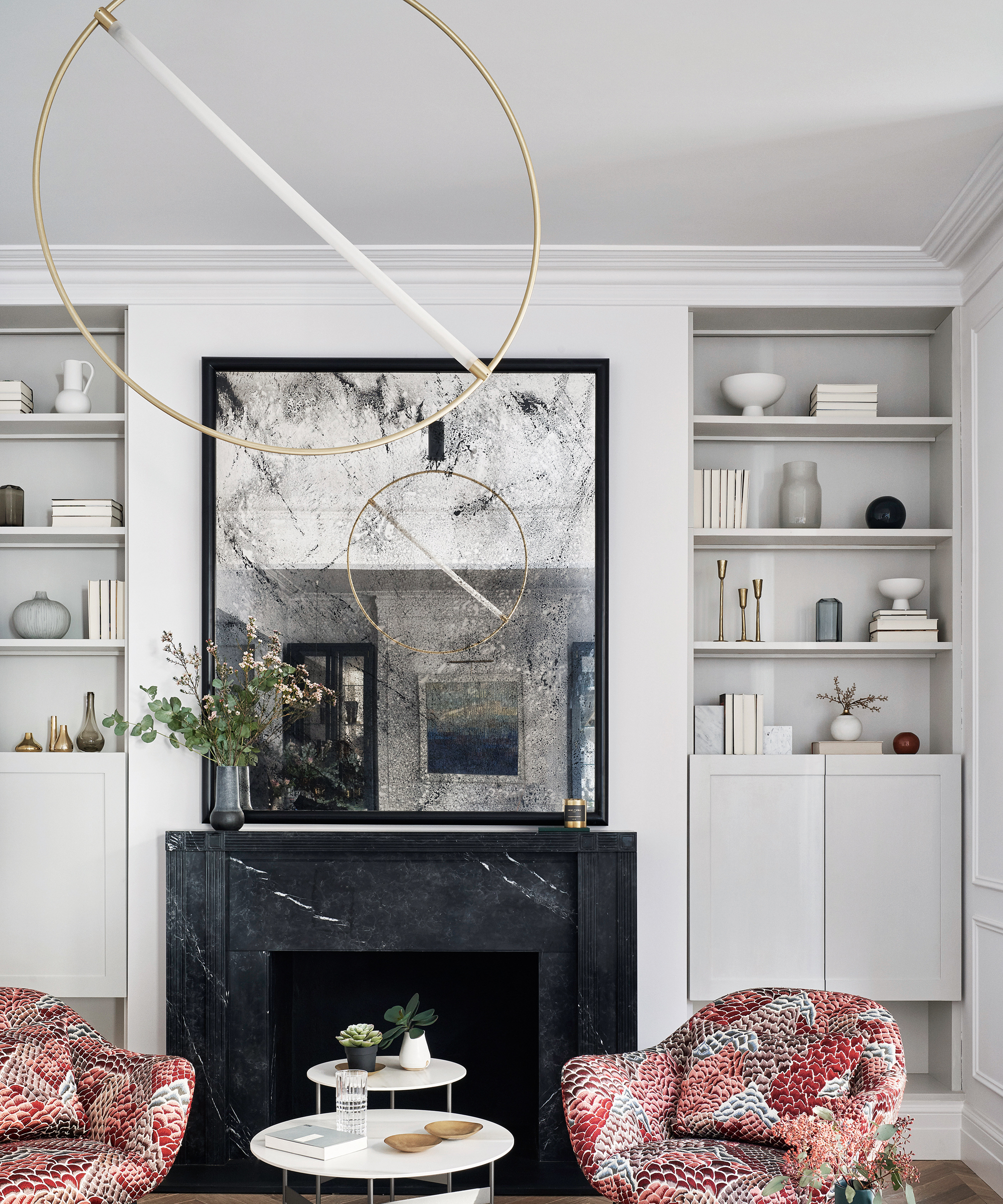
Focus on lighting choices for improved sustainability. That means thinking energy efficiency as well as aesthetics when you’re selecting living room lighting, bedroom lighting, kitchen lighting and more.
And don’t forget that it can be possible to improve on existing choices. ‘Switch light bulbs to LED,’ says Maureen McLaine.
7. Support artisanal designers
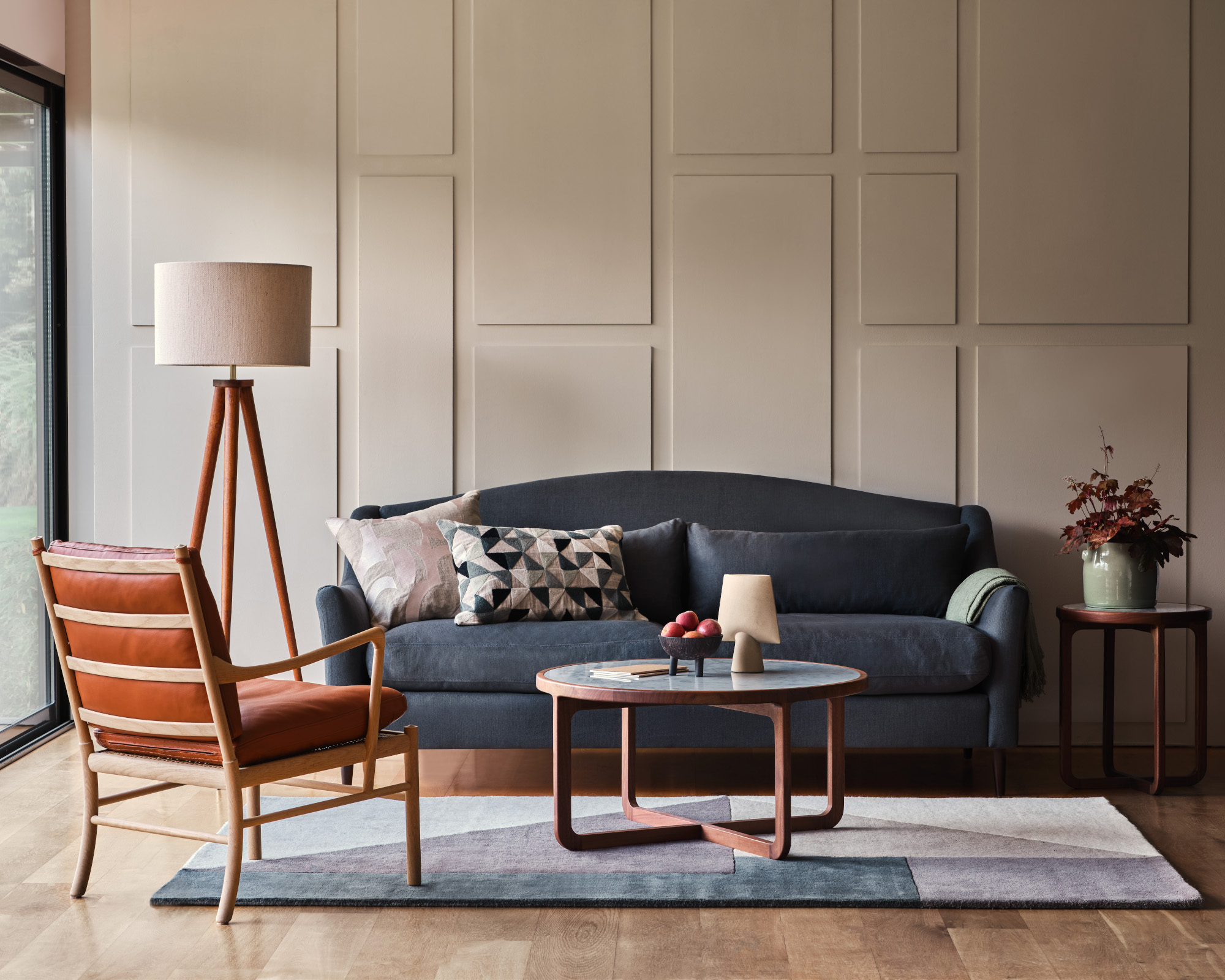
It’s worth considering investing a little more than you normally would for more sustainable interior design. ‘Choose artisanal pieces from independent designers,’ advises Catherine Jacob. ‘The price point might be higher but with good reason: they are built with love and to last. I like to say buy well, buy once – you’re supporting passionate and talented makers.’
8. Reupholster without leather

If you own a tired leather chair or have the opportunity to buy one secondhand, to be more sustainable don’t opt for leather to update it. Instead, focus on choosing a different chair upholstery.
‘Conventional wisdom might dictate that reupholstering in anything other than a new leather would be blasphemous,’ says Greg Roth. ‘But if you envision it redone in a gorgeous, warm nubby organic wool bouclé, or a hand-woven hemp, or an antique French linen, go for it! Adding that natural fiber touch to the chair’s clean lines may be just what it needs to freshen it up and propel it into today’s eco-conscious aesthetic.’
9. Check out companies
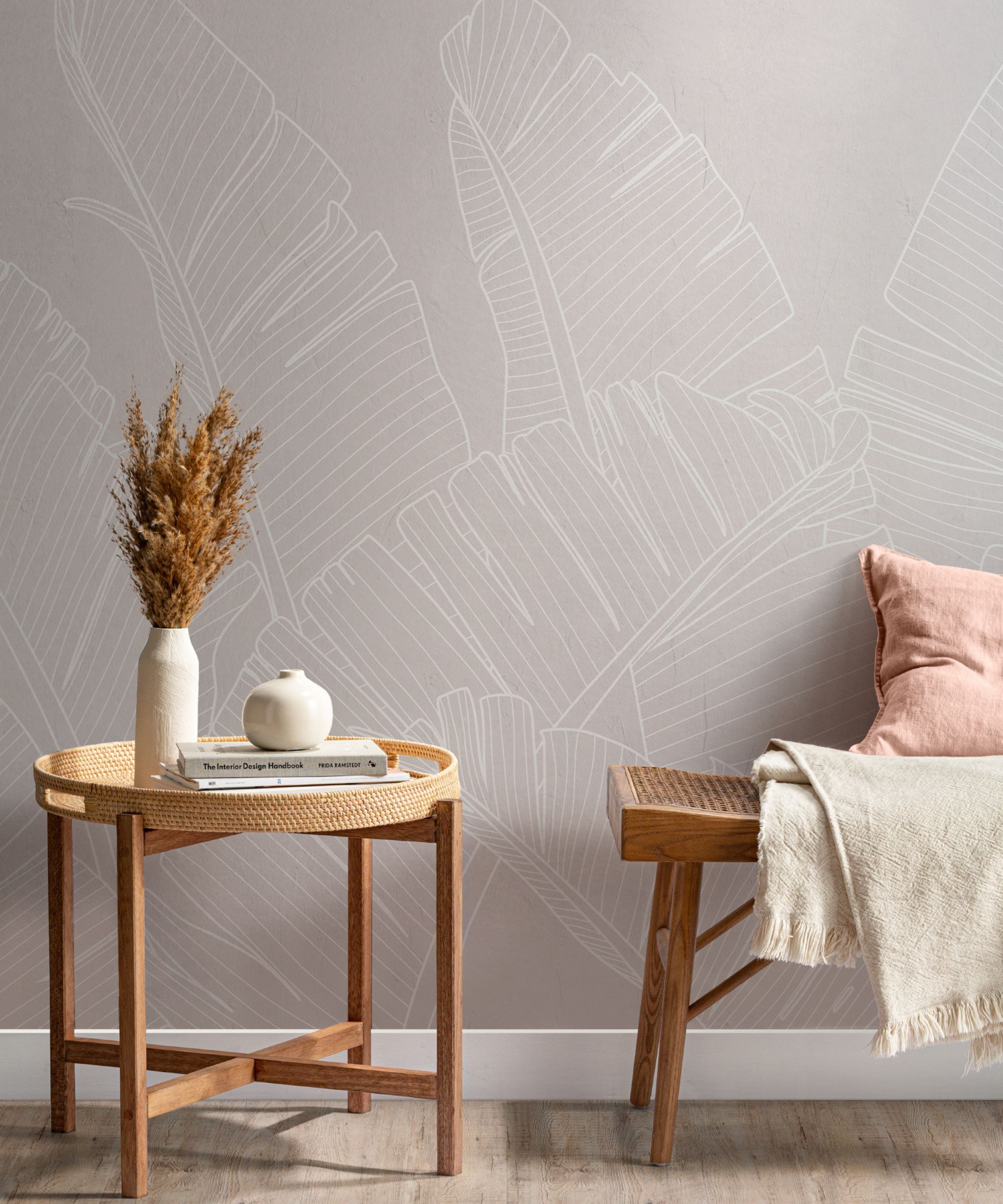
It pays to investigate the practices of the companies you are buying from to ensure you’re only spending with those that value sustainability.
‘When shopping for home decor, choose a company who does business with a conscience and creates products sustainably to reduce your impact on the environment,’ recommends Catherine Jacob.
‘Look out for brands who offer locally and sustainably sourced materials, the closer to home the better. Naturally derived materials with a simple supply chain are a great place to start where possible.
‘Check out the carbon footprint of the company or product – ideally they should be carbon neutral or even better carbon negative, as this means they are proactive at limiting or reducing the carbon emitted in creating and distributing their products.
‘Purchasing home decor products from a B Corp certified company is a bonus,’ she adds. ‘Companies who are a certified B Corporation have to meet numerous criteria taking into account their environmental policies.’
10. Pick 3D printed items

Consider 3D printed items when you’re picking pieces for your home. ‘3D printed items, which save on waste, is another sustainable way to go,’ says Greg Roth. 3D printing can also make use of recycled plastic or metal, which also helps make it a more sustainable option.
What might you invest in that’s 3D printed? Think vases, for instance, lighting, or tableware. But there are larger items you could investigate, too, such as tables and chairs.
FAQs
Why do we need sustainability in design?
Interior design that’s sustainable contributes to the better use of the planet’s resources. Reusing items or materials keeps them out of landfill and avoids the need for new ones to be harvested and manufactured. Sustainable design should also focus on choices that last as long as possible, and that are recyclable at the end of their useful lives. It should also incorporate solutions that reduce water and energy use in kitchens and bathrooms.
Reduce your impact on the planet by adopting eco-friendly organizing practices along with making your interior design more sustainable. And sustainable household swaps will make day-to-day life at home less resource-heavy. It’s possible to reuse them in the backyard, too, with pallet ideas that turn them into furniture, planters, and more.

Sarah is a freelance journalist and editor. Previously executive editor of Ideal Home, she’s specialized in interiors, property and gardens for over 20 years, and covers interior design, house design, gardens, and cleaning and organizing a home for Homes & Gardens. She’s written for websites, including Houzz, Channel 4’s flagship website, 4Homes, and Future’s T3; national newspapers, including The Guardian; and magazines including Future’s Country Homes & Interiors, Homebuilding & Renovating, Period Living, and Style at Home, as well as House Beautiful, Good Homes, Grand Designs, Homes & Antiques, LandLove and The English Home among others. It’s no big surprise that she likes to put what she writes about into practice, and is a serial house renovator.